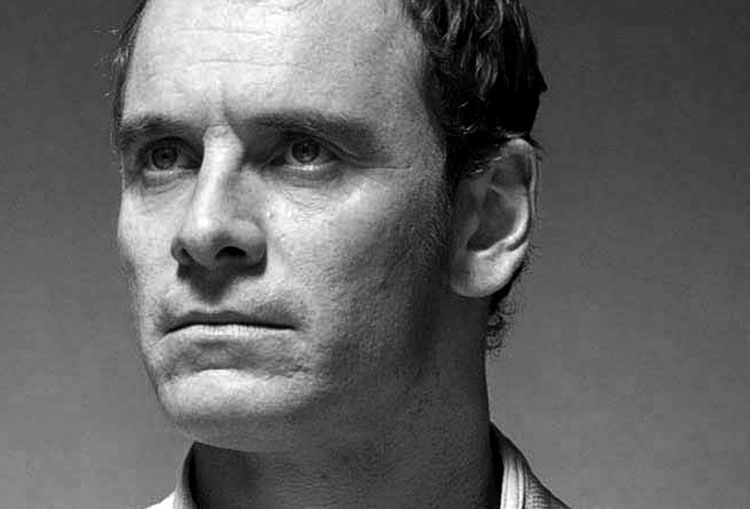

"We were deeply concerned about what happened to him," Ford said in a 1983 interview. "We'd been confident that the man behind the assassination (Oswald) was in the ground. The cancer could've been a coincidence, but it forced us to reevaluate."
The second factor was the CIA's eventual "full cooperation" in positively identifying Lehnsherr, using Marie Ellen Dodge's photograph. Until then, "the agency claimed certain classified operations were in danger of being exposed," Ford later wrote. "This clearly included Division X."
The Warren Commission was under pressure to provide a "definitive record" and "if possible, a hopeful conclusion to the harrowing story" of the Nov. 22 events, The New York Times reported.
Critics of the Warren Commission believe Erik Lehnsherr represented this "hopeful conclusion" for investigators. According to reports obtained through the Freedom of Information Act, the CIA quietly deployed Project: WideAwake agents to locate and capture Lehnsherr not after the Warren Commission's release, but nearly two weeks before it.
By this time, it must have been clear the Commission report would expose X-Gene mutants and resoundingly damn Lehnsherr. It cited such evidence as Dodge's grassy knoll photo, her testimony, the "bent bullet" ballistic data, Oswald's recruitment and assassination of Gen. Edwin Partridge (and presumed reactivation by Lehnsherr as Kennedy's assassin), the threatening phone call made to Parkland hospital, Jack Ruby's mysterious death and other events some relevant, some not.
Project: WideAwake operatives didn't find Lehnsherr. On February 4th, he found them, in rural New York. Lehnsherr turned himself over to their custody.
The Warren Commission's 688-page report was released the next morning. By that afternoon, President Johnson noted in a closed-door meeting with the commission that The most dangerous man in the world" Lehnsherr, the prime suspect in Kennedy's assassination was captured, and would be immediately tried for the crime.
The trial began the following week. The proceedings were closed to the public.
According to declassified court records, Lehnsherr offered little in his defense, especially compared to the prosecution's onslaught. Brian M. Wein's opening remarks were arguably more successful at striking fear and uncertainty in the minds of jurors than a thousand Gen. Edwin Partridge speeches ever could:
"We are gathered here to do more than find justice for a crime," Wein said. "We're here to address an issue of critical national importance: the appearance of homo superior. Mutants. Flesh of our flesh, blood of our blood, yet possessing powers and abilities which set them apart from some might say above humanity. I wonder, in a world of beings like this 'Magneto,' if there's any place for ordinary men and women."
Thomas Jarvis, Lehnsherr's public defender, would later say, "It was a circus. Never mind 'due process.' The nation was out for blood. This kid didn't stand a chance."
While on the stand, Lehnsherr admitted to being at Dealey Plaza's grassy knoll on Nov. 22. But he was not there to assist in Kennedy's assassination, he said. He was there to stop it.
Oswald was not Kennedy's killer, Lehnsherr told the court. The true murderer was still at large, and "will very likely never be caught." Lehnsherr refused to say more about the matter under cross-examination.
However, prosecutor Wein demanded that Lehnsherr demonstrate his mutant powers for the court. "If you seriously want people to believe you can alter the course of a bullet to save the president," Wein said, "put your money where your mouth is. Prove it."
Wein then presented a metal crow bar to Lehnsherr. To the shock of the audience, Lehnsherr easily twisted it using his mind. According to the court transcript, it took nearly five minutes for the court to return to order.
"It didn't take long for that news to leak," explains Fabienne Austen, author of X-Factor: How Mutants Shaped Our Lives and Laws. "This moment, more than any other, galvanized the nation regarding the X-Gene and mutants. Here (Lehnsherr) is, doing this unbelievable thing, being the person we all wish we could be. But because we weren't him, we became afraid."
Lehnsherr made his own closing argument. He insisted he was not guilty, and noted that no physical evidence linked him to the assassination.
"I did not shoot your president," he told the jury. "But I know who did, and you'll never find her. She has a way of hiding in plain sight."
Erik Lehnsherr was found guilty of first-degree murder and conspiring to assassinate the President of the United States. He was sentenced to two consecutive life sentences in a federal correctional facility, with no possibility of parole.
The most dangerous man in the world would soon prove to be difficult to imprison. During the 1960s, Lehnsherr reportedly destroyed at least three of his holding cells. In 1971, Trask Industries was commissioned to design and construct a unique cell using industrial-grade polymers and concrete that could effectively contain Lehnsherr. The company has maintained and upgraded Lehnsherr's famed plastic prison ever since.